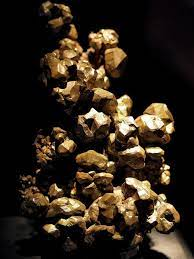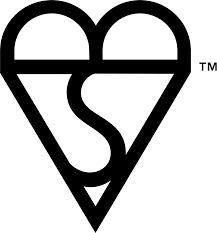Copper is the most commonly used material for plumbing because it is non-toxic, durable, corrosion-resistant and low maintenance. The process of making copper has five stages. Read on to discover how the manufacture of copper piping takes place.
Raw Copper Extraction
Copper was first discovered around 10,000 years ago and is thought to be the oldest metal. The first stage in copper extraction separates the copper ore from the raw copper. This is achieved by heating the ore to a very high temperature in a process called smelting which then separates the copper from the other minerals. This will leave the raw copper, which is then clarified and filtered to leave a pure copper product.

Drawing and Rolling
The refined copper is now ready to be shaped into piping. To make the pipes, the first step is to roll the copper into a flat sheet. These sheets need to be moulded into cylinders in whichever size and shape they are required. This moulding is done by putting the copper sheets through a die extrusion machine which reduces the diameter in stages.
Annealing the Copper Pipe
Once the copper tubes are the desired diameter, they undergo the annealing process. Annealing sees the copper pipes heated to extreme temperatures before slowly cooling them down. The reason this is done is to ensure that the pipes are less likely to crack or split when in use and to increase the flexibility of the pipes.
Cutting the copper pipes ready for use
After the annealing process has been completed, the copper pipes are ready to be cut into the desired length and prepared for installation. During this stage, the pipes will also be cleaned and inspected for any problems or defects that may cause issues. For copper pipes and connectors, a number of specialists stock a wide range of pipes and can offer help and advice such as https://watkinspowis.co.uk/products/copper-pipe-fittings-and-press-systems/

Testing and Certifying the Copper Piping
One of the essential steps in the process is to test the pipes to ensure they meet all the certified safety and quality standards. The British standard is EN1057 which tests the pipes to make sure that there are no defects, pressure tests for strength and durability and tests for the presence of chemicals to ensure that the pipes are safe to carry drinking water. Once the pipes have been thoroughly tested, they can be sold to businesses and suppliers.




